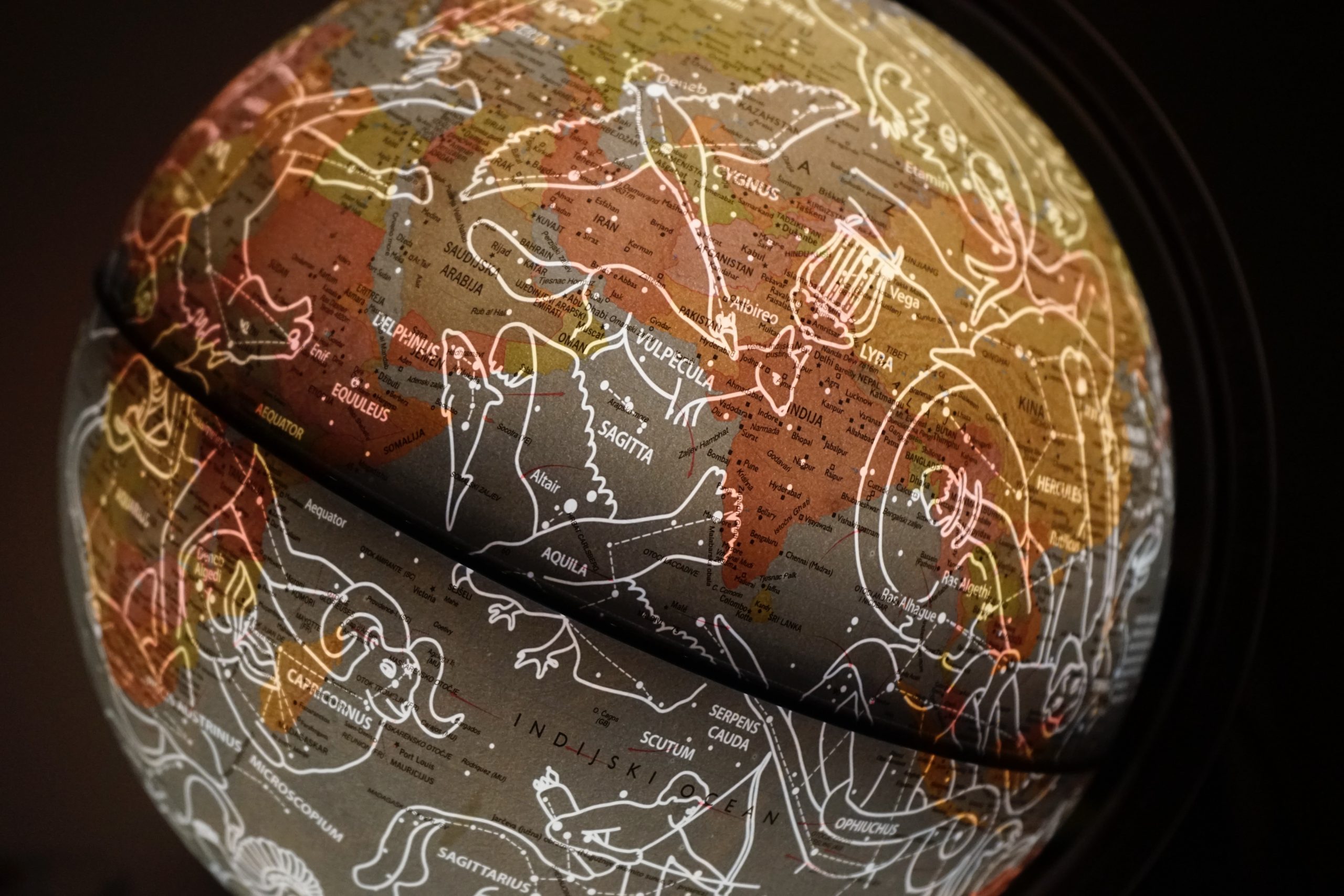What Comes After Waxing Gibbous: A Detailed Guide
When it comes to the moon’s phases, waxing gibbous is an intriguing stage that occurs after the first quarter moon and right before the full moon. It marks the transition from a crescent to a near-complete illumination of the moon. But what comes next? In this blog post, we will take a closer look at what follows the waxing gibbous phase and the unique characteristics that define it. Let’s delve into the next phase in the moon’s cycle!
The Full Moon: Illumination in All Its Glory
After the waxing gibbous phase, the full moon emerges in all its majestic splendor. This is the stage where the moon appears completely illuminated when observed from Earth. As the sun, Earth, and moon align in a straight line, the moon’s entire visible side reflects the sunlight, showcasing a brilliant round shape that lights up the night sky.
The full moon is a captivating sight that has inspired countless stories, myths, and legends across cultures throughout history. The brightness of the full moon offers an opportunity for night adventures, stargazing, and moonlit festivities. Many traditions and celebrations, like werewolf myths, moon parties, and religious observations, are associated with the arrival of the full moon.
Characteristics of the Full Moon Phase
It’s important to note that the waxing gibbous phase and the full moon share some similarities, such as their brightness and illumination. However, the full moon distinguishes itself with a few additional characteristics:
- Complete illumination: Unlike the waxing gibbous phase, where only a portion of the moon is visible, the full moon appears fully illuminated. Its round shape is a result of the sun’s light casting across the entire visible side of the moon.
- Brightest stage: The full moon is the brightest phase in the lunar cycle. Its luminosity makes it easier to engage in outdoor activities during the night without the need for additional lighting.
- Heightened tides: The gravitational pull of the moon and the sun aligning during the full moon results in heightened tides known as spring tides. These tides are especially powerful and have a noticeable impact on coastal areas.
Phases That Follow the Full Moon
After the full moon, the lunar cycle continues its mesmerizing progression. Let’s explore the phases that follow:
Waning Gibbous: The Descending Illumination
The phase following the full moon is called the waning gibbous. During this stage, the illuminated area of the moon gradually decreases. The waning gibbous moon still presents a significant illumination, but it’s not as bright as the full moon.
Similar to the waxing gibbous phase, the waning gibbous phase is characterized by its shape, which is less than a complete circle. However, the illuminated area appears on the left side rather than the right, distinguishing it from its waxing counterpart.
As the waning gibbous moon transitions towards the third quarter moon, its illumination diminishes, providing a gradual descent into the next phase of the lunar cycle.
Third Quarter Moon: Illumination on the Left
Following the waning gibbous phase, we arrive at the third quarter moon. This stage marks the completion of half the lunar cycle and is a significant milestone in the moon’s journey.
The term “third quarter” refers to the fact that the moon has completed three-quarters of its cycle around Earth since the last new moon. The third quarter moon appears as half-illuminated, with the left side illuminated and the right side shadowed.
As the third quarter moon progresses towards the next phase, its illumination continues to decrease, leading to the penultimate stage in the moon’s journey.
Waning Crescent: Final Illumination
The waning crescent phase is the last stage before the moon transitions into a new lunar cycle. During this phase, the moon appears as a sliver, with only a small arc of light visible on its right side.
The waning crescent moon is a delicate sight that often brings a sense of anticipation for the upcoming lunar cycle. Its subdued illumination can create a serene ambiance, and it is commonly viewed as a time for reflection and introspection.
Eventually, the waning crescent moon completes its cycle, leading to the new moon phase and setting the stage for another lunar journey.
In Conclusion
The moon’s phases offer a captivating glimpse into the ever-changing celestial dance happening above us. The journey that follows the waxing gibbous phase includes the awe-inspiring full moon, followed by the waning gibbous, third quarter moon, and the waning crescent, each with its unique characteristics and charm.
Whether you are a stargazer, a lover of moonlit adventures, or simply appreciative of the beauty that surrounds us, exploring the moon’s cycles can deepen your connection to the cosmos. So, next time you observe a waxing gibbous moon and wonder what comes next, remember the full moon and the phases that continue the lunar cycle.
Embrace the ever-changing nature of the moon and let it remind you of the marvels and mysteries that exist beyond our earthly realm.
Table of Contents
